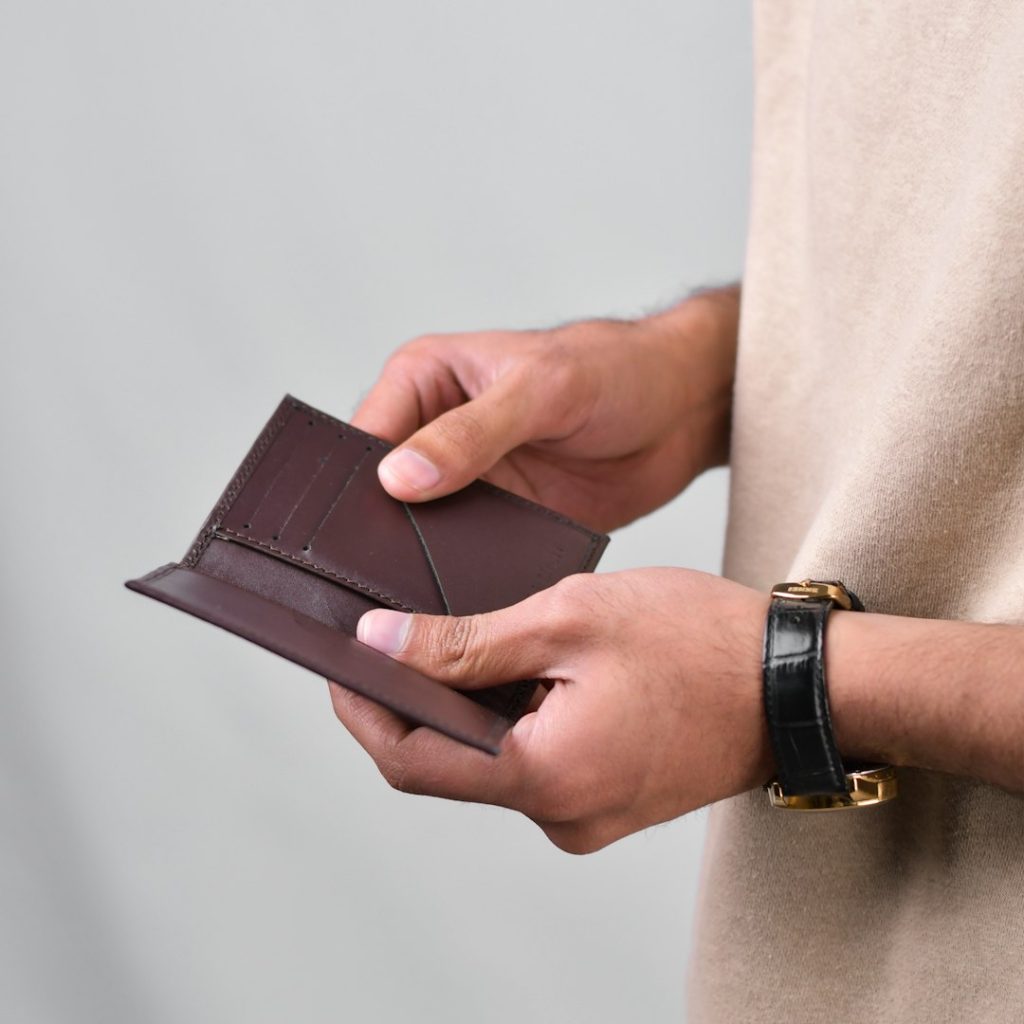“`html
In the ever-evolving digital landscape, Web3 represents the third generation of internet services, focusing on decentralized applications. A foundational step to engaging in this arena involves setting up your first Web3 wallet. This guide will walk you through the process, making it accessible and straightforward.
Understanding Web3 Wallets
Before diving into the setup, it’s essential to comprehend what a Web3 wallet is. These wallets serve as the gateway to the decentralized web, allowing users to store, send, and receive cryptocurrencies, as well as interact with decentralized applications (dApps).
Key Features of Web3 Wallets:
- Decentralization: Unlike traditional wallets, which depend on centralized banks, Web3 wallets operate on the blockchain technology, ensuring greater security and control.
- User Autonomy: Users have full control over their private keys, enhancing privacy and security.
- Interoperability: Compatible with multiple blockchain networks, offering seamless transactions and dApp interactions.
Choosing the Right Web3 Wallet
The initial step in your Web3 journey is selecting the right type of wallet. Here are the three main categories:
Hardware Wallets:
- Known as ‘cold storage,’ these are physical devices that store your private keys offline, providing the highest level of security.
- Recommended for those holding significant sums in cryptocurrencies for long-term investment.
Software Wallets:
- These are applications or browser extensions like MetaMask, available on mobile and desktop.
- Offer a balance between security and convenience, suitable for everyday transactions and dApp interactions.
Papper Wallets:
- Involves printing out your private and public keys on paper, serving as an extremely secure form of cold storage.
- Useful for those who prefer having a physical back-up of their digital assets.
Setting Up Your Web3 Wallet
Once you’ve selected the wallet type that best fits your needs, it’s time to set it up. For simplicity, we’ll focus on setting up a software wallet, such as MetaMask, a popular choice among Web3 users.
Step 1: Installing the Wallet
- Visit the official website: Always download from the official site to avoid potential scams.
- Add the extension: For browsers like Chrome or Firefox, install the MetaMask extension.
- Download the app: For mobile devices, download the MetaMask app via the App Store or Google Play.
Step 2: Creating a New Wallet
- Open the extension/app: Launch MetaMask after installation.
- Create a wallet: Click on ‘Create a Wallet’ and set up a strong password. Strengthen your security with at least 12 characters containing letters, numbers, and symbols.
- Secure your seed phrase: You will be given a 12-word seed phrase. Write this down on paper and store it safely. This phrase can restore your account if you forget your password or lose access to your device.
Step 3: Adding Funds to Your Wallet
- Receive cryptocurrency: Use the public address provided to receive cryptocurrencies from exchanges or other wallets.
- Buy directly: Some wallets, including MetaMask, offer an in-built option to purchase cryptocurrencies using fiat money through third-party providers.
- Transfer funds: If you already own cryptocurrencies, transfer them to your new Web3 wallet using the provided address.
Using Your Web3 Wallet
With your wallet set up, you are ready to engage with the Web3 world. Here’s how you can utilize your wallet effectively:
Interacting with dApps:
- Web3 wallets allow access to a wide array of decentralized applications ranging from finance and gaming to supply chain management.
- Simply visit a dApp’s website and connect your wallet to start interacting.
Managing Cryptocurrency Assets:
- Check your balance, transaction history, and manage different cryptocurrencies all from your wallet interface.
- Stay updated with real-time price changes through wallet integration with cryptocurrency price feeds.
Security Best Practices
Ensuring the security of your Web3 wallet is paramount. Here are some crucial tips to keep your assets safe:
- Protect your private keys: Never share your private keys, even with people who seem trustworthy.
- Enable two-factor authentication (2FA): Whenever possible, add an extra layer of protection by requiring 2FA.
- Regularly update your wallet software: Keep your wallet application up-to-date with the latest security patches.
Conclusion
Embarking on your Web3 journey is an exciting venture, opening a world of opportunities within decentralized spaces. By setting up a Web3 wallet, you’re taking your first step towards greater financial autonomy and access to innovative applications. Remember to prioritize security and remain curious as you explore the vast potential of Web3 technology.
“`

